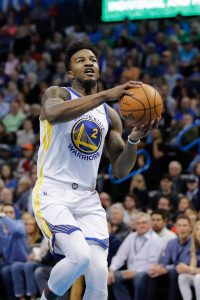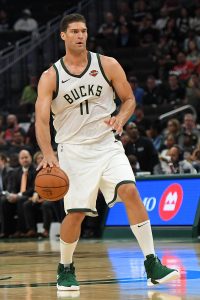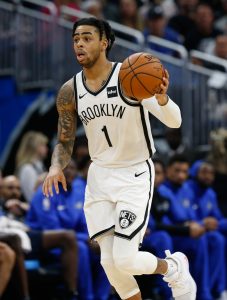Jimmy Butler‘s stay in Philadelphia isn’t guaranteed to last beyond this spring, as he’s widely expected to opt out of the $19.8MM final year of his deal. Negotiations will likely hinge on how far the Sixers get in the postseason, a challenge he is embracing.
“I’m ready,” Butler recently said (via Michael Lee of The Athletic). “I feel great. I’m in a great place right now. We’re headed into the playoffs with a smooth little momentum and a rhythm. I just want the group of guys that we have to know that I’m here, man. I’m here to battle and I’m here to fight, no matter what. That’s what they got me in Philly for.”
Butler will search for a max contract in the offseason. He may or may not get that offer from the Sixers, with the team having to work on new deals for fellow free agents Tobias Harris and J.J. Redick as well. It was previously reported that a scenario where Butler returns to the team but Harris does not is unlikely. If Philadelphia has to make a choice between the two newcomers for fear of luxury tax concerns, it appears Harris is the favorite child.
Butler will have other suitors and the Lakers could be a destination to watch out for, as Eric Pincus of Bleacher Report contends. Los Angeles was one of several teams to reach out to the Timberwolves about trading for Butler prior to the Sixers making the deal for him.
Magic Johnson & Co. will likely only have the cap space to sign one maximum salary free agent with the team shelling out nearly $37.5MM for LeBron James‘ max deal while also paying nearly $16MM combined for Brandon Ingram and Lonzo Ball (L.A. is also on the hook for $5MM as a result of stretching Luol Deng‘s contract).
The Lakers’ path to providing LBJ with two co-stars would likely involve signing a player and then trading their remaining players for another one. Butler could be an easier target to land than Kawhi Leonard, Kevin Durant or Kyrie Irving due to lessened demand. Butler’s perceived baggage may dissuade organizations from considering him an addition.
Butler recently had a chance to further explain his Wolves’ trade demands on Saturday when the Sixers visited his old team He decided to tell the media that it was “none of their business.”
“You don’t know what’s going on unless you’re in there every day,” Butler said on Saturday. “You’re just taking bits and pieces and trying to fill in the gaps that you don’t know. So, now you’ve got to guess. I let people think what they want to think, I really do. It don’t faze me. I don’t read into the media, because nobody knows.”
While Butler’s candidness can be off-putting, he isn’t wrong. At times, the media gets just a snapshot of the inner workings of the team. Reporters may be able to sense when something has gone astray, but they don’t always have the whole picture. How one human acts in a moment shouldn’t necessarily be extrapolated as a final conclusion on his personality.
“I don’t even want to put all his business out there, with all the stuff he [does], even with people in the front office, that sells tickets.,” teammate Amir Johnson said. “He does stuff for them that you don’t even hear about. He has conversations with them people. Not only does it help people do their job better but it just brings an organization and a team closer when you see stuff like that. It makes you feel like everybody is more involved when you help out the ticket girl that hands out tickets at the arena. It’s dope when you do that.
“He’s a good person. Just an all-around good dude.”
Butler’s exit from Minnesota became circus-like and his time in Philadelphia has been awkward and rocky at times. Yet, the Sixers are embracing him as the franchise hopes to improve on their second-round ousting from last season.
The last time Philadelphia won at least two straight playoff series? Back in 2001, when an outspoken player with a disruptive reputation led the franchise to the NBA Finals.
Do you believe the Sixers will win more than two playoff series this postseason and should the team bring Butler back if they fall short of the Eastern Conference Finals? If he walks, which rival teams make the most sense for him in free agency?
Let us know your thoughts in the comment section below. We look forward to what you have to say!
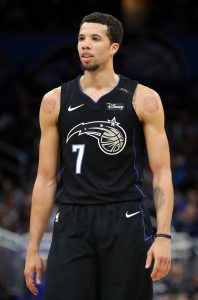
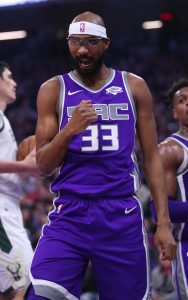
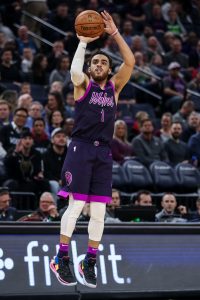 Tyus Jones
Tyus Jones